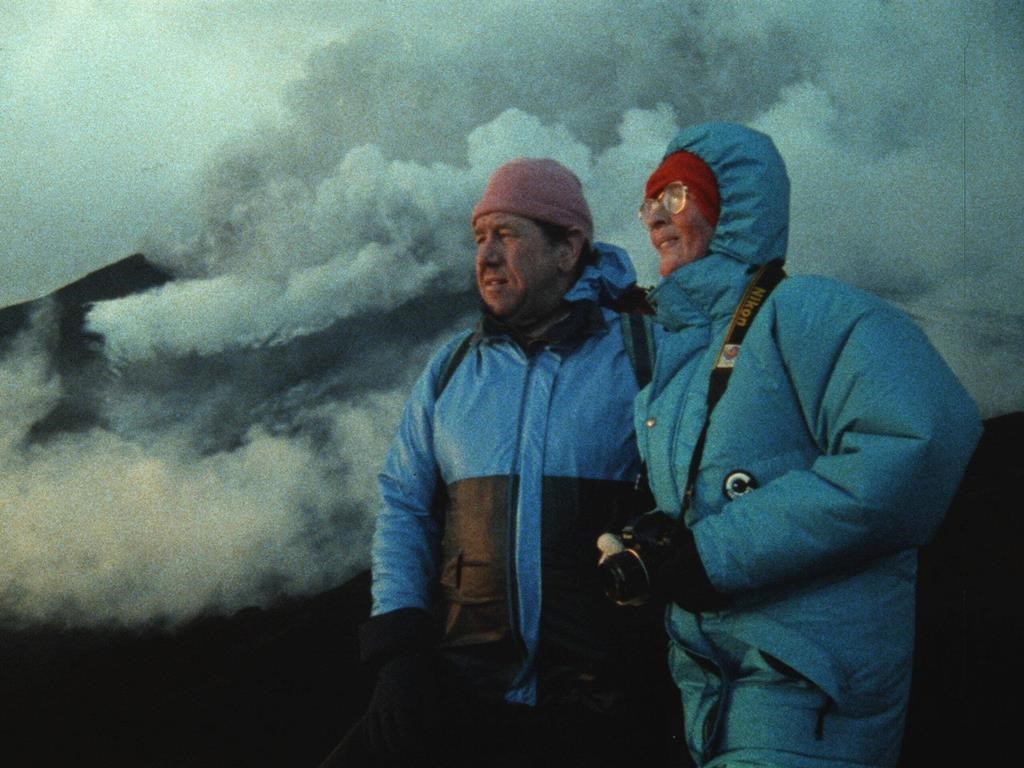
TORONTO — The Oscar-nominated documentary “Fire of Love” begins with archival footage of two tiny figures venturing across a frozen tundra towards an active volcano.
Surrounded by mounds of icy slush, French volcanologists Maurice and Katia Krafft trudge ever closer to the rocky lip where at first no plumes of lava can be seen, but as they approach, steaminggeysers come into view.
It’s one of several scenes in the Canada-U.S. co-production that depict the couple’s obsessive drive to discover the secrets of volcanoes, a shared passion nearly as fiery as their love story.
U.S.-Canadian producer Shane Boris says he and his collaborators were keen to explore the twin devotion the Kraffts had to their work, and to each other. The feature documentary is largely drawn from archival footage the Kraffts collected over a 25-year span.
“The first moment you see that footage, you’re completely mesmerized and awestruck by the enormity and brilliance,” Boris says of selections of archival footage.
“Once you also learn that there’s a love story in there too — there’s this real quest for being in touch with the elemental forces of the planet — that’s what touched me so deeply about their story.”
Boris says he has a penchant for films that “push the boundaries of conventional forms in order to tell timeless stories.”
“Fire of Love” is a nature documentary largely driven by visuals and the narration of actress and filmmaker Miranda July.
The film is competing at the Academy Awards on Sunday in the best documentary category. It’s up against U.S. opioid saga “All the Beauty and the Bloodshed,” Delhi-set bird conservation tale “All That Breathes,” Ukraine-set orphanage portrait “A House Made of Splinters” and the U.S. film “Navalny,” an investigation into the poisoning of Russian opposition leader Alexei Navalny.
Streaming now on Disney Plus, “Fire of Love” is also slated to be adapted into a narrative feature in a deal with Searchlight Pictures, with both Boris and the documentary’s director Sara Dosa attached as producers.
Boris and his Canadian collaborators, who include Montreal-based co-producer Ina Fichman and editor Jocelyne Chaput,say theyacquired roughly 200 hours of the footage shot by the couple.
The Kraffts were famous across France in the ’70s and ’80s for gathering volcanic samples and getting dangerously close to active volcanoes to understand their mysteries.
They died during one of these expeditions June 3, 1991, when Japan’s Mount Unzen volcanoerupted disastrously, killing 43 people including theKraffts.
Chaput says the couple rarely appeared on camera because they dedicated their work to educating others on the wonders and dangers of volcanoes. Therefore, finding footage of the married couple together was a bit like looking for a needle in a haystack.